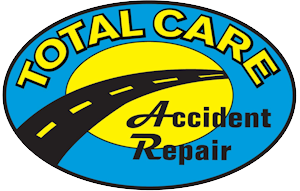Heavy rain events are becoming more and more common. When a single storm can dump four or five inches of rain in a few hours, the likelihood of flooding is high. Cars and other vehicles can become involved in these floods, even if their owner had them safely parked. In the worst case scenarios, cars are partially or completely submerged by the flood waters.
Can a car be fixed after being in a flood?
Flood waters can damage a car in a number of ways. If a car is swept away by flood waters – an unfortunately common occurrence when people try to drive across flooded roads – the car’s body, suspension, and engine are all likely to be damaged. Flood waters are full of debris that can impact the car, and the car may impact other objects while being swept away.
Cars that are submerged in water are vulnerable to damage to the car’s engine, electrical systems, upholstery and interior, and more. It matters how long the car was in the water. A quick dunk isn’t great for your car, but it’s much better than days and days underwater.
Once the full scope of the car’s damage has been determined, your auto collision repair shop will provide you with an estimate that includes what’s needed to return your vehicle to its proper working condition. Your insurance company will total the car if the costs of repairs exceed what they’re willing to pay. This is very often the case for cars that were completely flooded out. Once flood waters reach the engine, so many components are compromised that insurance companies opt to total the vehicle.
Minor damage from flooding can include cosmetic damage – such as scratches from storm debris – as well as damage to wheels and brakes from being submerged in a relatively small amount of water, such as a few inches – can be repaired by the auto collision repair shop.
If you’re not sure what to do about your vehicle that has been in a flood and needs repairs, bring it to the best local auto collision repair shop and have them do a thorough inspection. This will give you the information you need to make smart repair decisions. A thorough inspection should include the car’s mechanical, electrical, and suspension as well as the body, interior, glass and paint.
